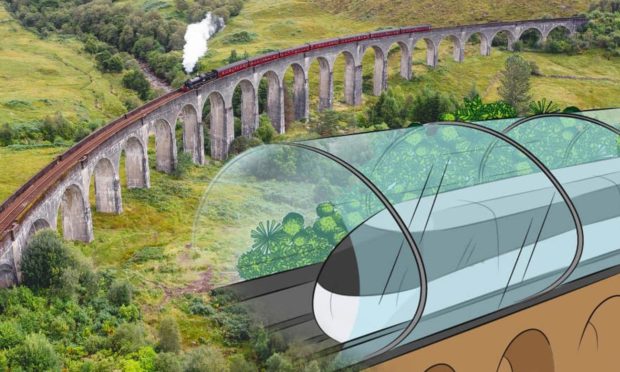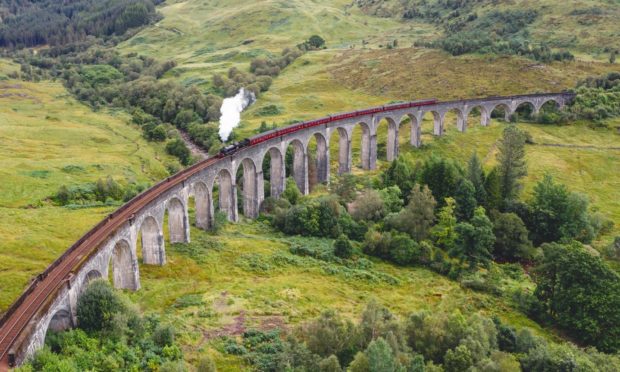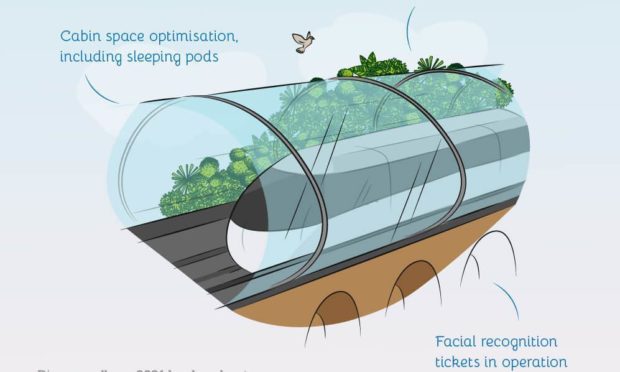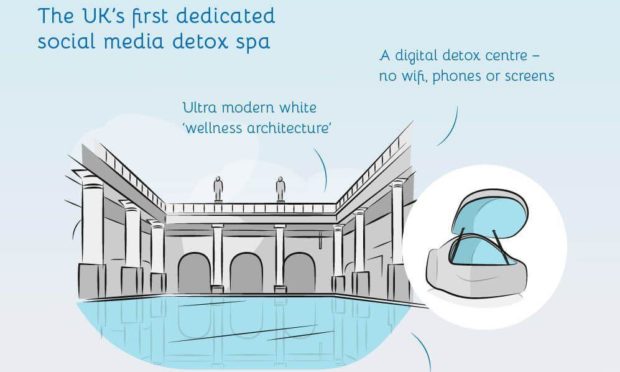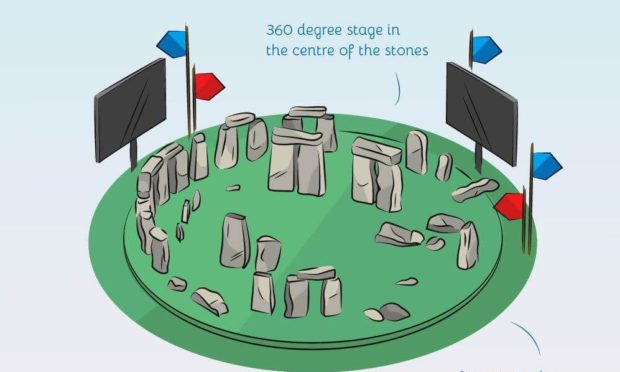The Glenfinnan Viaduct has been transformed from gothic to space-age by a project giving some of the UK’s most famous landmarks a dramatic makeover.
Built in 1897, the viaduct is best known to many as the Harry Potter bridge, immortalised in time by the hit film franchise.
The Jacobite Steam Train – or Hogwarts Express – crosses the bridge as it makes the 84-mile round trip between Fort William and Mallaig.
With its 21 arches, the viaduct overlooks Loch Shiel and the Jacobite monument.
Also taking in Loch Morar and Ben Nevis, the trip is famously described as the greatest railway journey in the world.
But now an artist impression has provided a high-tech idea of what the crossing may look like if it was designed and built today.
In the futuristic image the viaduct becomes a hyperloop bridge for high speed trains.
It is inspired by business magnate Elon Musk’s concept of a vacuum-sealed tube to reduce air resistance and increase speed.
There is a transparent tunnel for passengers to witness the breath-taking Highland views.
‘It is not about speed, it’s about history’
A facial recognition ticketing system is in use and solar panels power the engine, providing a more eco-friendly approach to travelling.
The drawing suggests cabin space optimisation, including sleeping pods for some new-age luxury.
But what do local people think of this modern take on Glenfinnan?
Councillor Allan Henderson, who represents the Caol and Mallaig ward on Highland Council, is less than impressed.
He said: “The concept misses the point when crossing the viaduct.
“It is not about speed, but breathing in the history of the glen of our forefathers while having all our senses overloaded with all the magnificent iconic edifices.
“All the smells of the steam train would be missed.
‘Engineering feat’
“It’s marvelling at the engineering feat that slowly transports visitors through history and time.
“Why would we want to reduce one of the great train journeys of the world to a flash in the pan?”
Hege Hernes is secretary of the West Highland Community Rail Partnership and runs the Glenfinnan Station Museum.
She said: “I suppose there is a visualisation of the train and the viaduct.
“As for the viaduct, I think we are quite happy with the one we have got.
“As for the train, I would welcome a futuristic train, it would be comfortable to ride.”
Pat Grieve, secretary of Glenfinnan Community Council, said: “The design looks great if it was to be sited in a modern city.
“I could visualize it in Singapore or Dubai or Futureworld. In Glenfinnan’s scenic surroundings, not a chance!
“It may be a lovely experience for the tourists, but it would not be an improvement for the residents or tourists on the ground.
“There is something magical about watching a train, especially the old steam train, slowing as it approaches the viaduct and crossing sedately, with the most stunning backdrop.”
‘The design is impressive’
“The super slick fast future trains would have to slow for the bend of the viaduct, so speed will not be a factor.
“The design is impressive, but would not be in keeping; rather like siting a beautiful modern glass house in a row of Georgian town houses.”
Design work has been carried out by holiday company Parkdean Resorts, which owns and operates 67 holiday parks across England, Scotland and Wales.
Landmarks given the same treatment as Glenfinnan with a fresh new 2021-style look include the London Eye, Bath’s Roman Baths and Stonehenge.
A spokeswoman for Parkdean Resorts said: “Keeping to its original locomotive intentions, we’ve reimagined the viaduct as a hyperloop bridge inspired by Elon Musk’s latest innovation.
“This vacuum-sealed tube reduces air resistance acting on people-carrying pods, and Glenfinnan Viaduct would be a tunnel for one of these trains.
“Featuring transparent walls so passengers can experience breath-taking views, and those visiting can see the trains passing, we imagine the railway of the future offering facial recognition ticketing systems and solar panels across the top of the tunnel to boost its eco-friendliness.”
